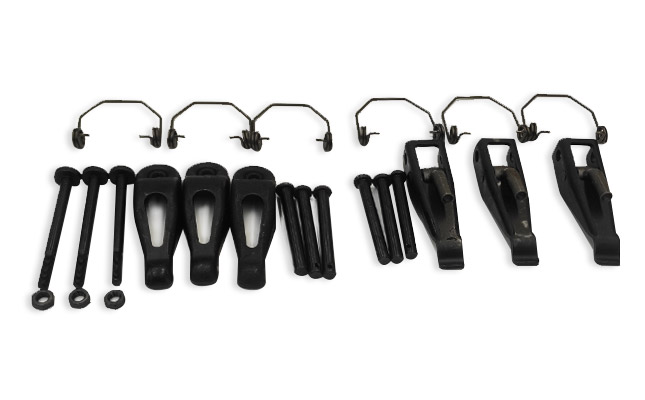Maintaining crossed roller bearings is crucial to ensure their optimal performance and extend their service life. Crossed roller bearings are precision components commonly used in various industrial and robotic applications, known for their high rigidity and load-carrying capacity.
Crossed roller bearings maintenance tips

Regular Inspection
Conduct periodic visual inspections to check for any signs of wear, damage, or contamination. Look for abnormal noise or vibration during operation, which could indicate a problem with the bearing.
Lubrication
Proper lubrication is essential for smooth operation and to reduce friction and wear. Follow the manufacturer’s recommendations regarding the type and amount of lubricant to use. Ensure that the lubrication intervals are adhered to.
Contamination Control
Crossed roller bearings are sensitive to contamination. Keep the working environment clean and free from dust, dirt, and other particles that could enter the bearing. Use seals and shields to protect the bearings from external contaminants.
Proper Installation
Ensure correct installation of the crossed roller bearings, following the manufacturer’s guidelines. Properly fit the bearings onto the shaft and housing, and avoid applying excessive force during the installation process.
Alignment
Check the alignment of the shafts and housings to ensure that they are properly aligned with each other and the bearing. Misalignment can lead to premature wear and failure of the bearings.
…
For more detailed information about the maintenance tips of cross roller bearings, please click to visit: https://www.prsbearings.com/a/news/crossed-roller-bearings-maintainance.html















